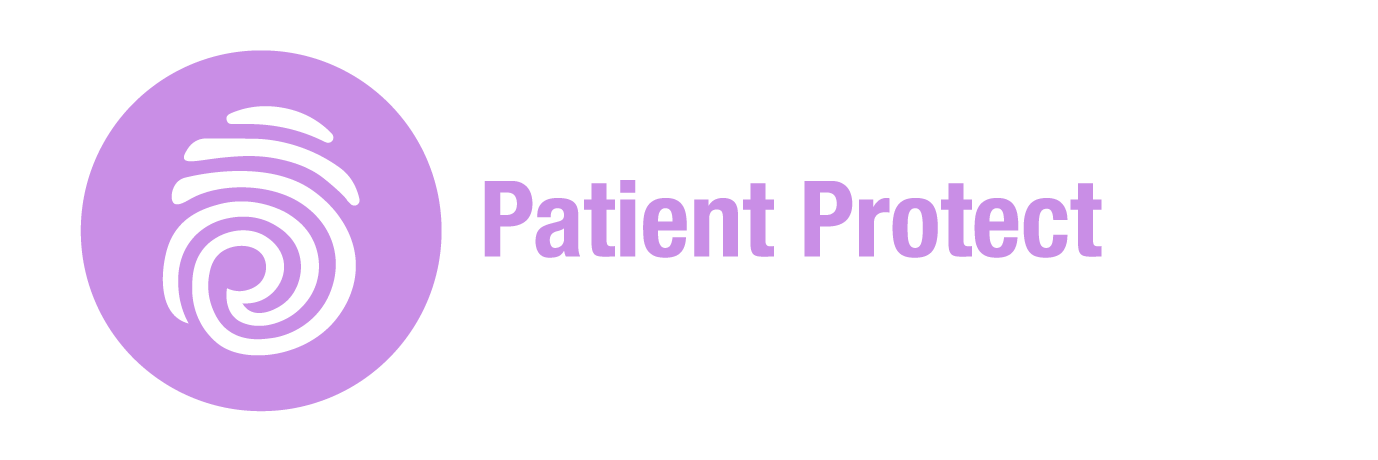Enforce Access Controls for HIPAA Compliance (Step 6 of 17)
- Patient Protect Editorial Team

- May 4
- 2 min read
Not everyone needs access to everything. Make sure they don’t have it.
Access control is the beating heart of HIPAA’s "Minimum Necessary" standard — and one of the most overlooked causes of internal breaches. Whether it's a front desk employee snooping through records or a vendor with excess permissions, unrestricted access can turn into a compliance nightmare fast.

1. Implement Role-Based Access Controls (RBAC)
Every team member should have only the access they need to do their job — nothing more.
Limit billing staff to billing systems
Restrict clinical notes to care teams
Lock admin-level permissions to IT or leadership only
Revoke access immediately when roles change or staff leave
Bonus: Role-based permissions aren’t just best practice — they’re specifically expected by OCR during breach investigations.
2. Map Access by System and Data Type
Start with a system-level audit:
What data lives in each system?
Who currently has access?
Who should have access?
This helps uncover unintentional over-permissions — like giving a receptionist edit access to the EHR or leaving terminated users active in your messaging system.
3. Create and Maintain an Access Log
HIPAA requires you to know who accessed what and when — and to be able to prove it if asked.
Enable access logs in all software platforms
Store logs securely for at least 6 years
Regularly review logs for red flags or anomalies
Pro Tip: Use audit trails to backtrack suspicious behavior before it becomes a full-blown breach.
4. Manage Third-Party and Vendor Access
Business Associates (BAs) often have deep access to your systems. That access must be:
Contractually defined in a Business Associate Agreement (BAA)
Logged and monitored for compliance
Revoked as soon as the engagement ends
Never grant a vendor the same access you’d give your internal team. Least privilege applies to everyone.

Patient Protect Makes Access Control Easy
With Patient Protect, you can do more than restrict access — you can prove it.
Manage BAAs, vendors, and workforce members in one secure hub
Set granular permissions by role — including PHI visibility and data interaction levels
Control what each user can see, edit, or export
Maintain a real-time log of every PHI access event, including file views, edits, and downloads
Whether it’s a receptionist, a remote biller, or a business associate, Patient Protect gives you total control — and a full audit trail to match.
Next Up: Train Your Staff (Step 7 of 17)
The biggest risk in any organization? Your people. In Step 7, we’ll walk through how to build a culture of privacy with real-world HIPAA training, incident simulations, and repeatable onboarding.
Next Up: Read Step 7: Train Your Staff → Coming Soon!



